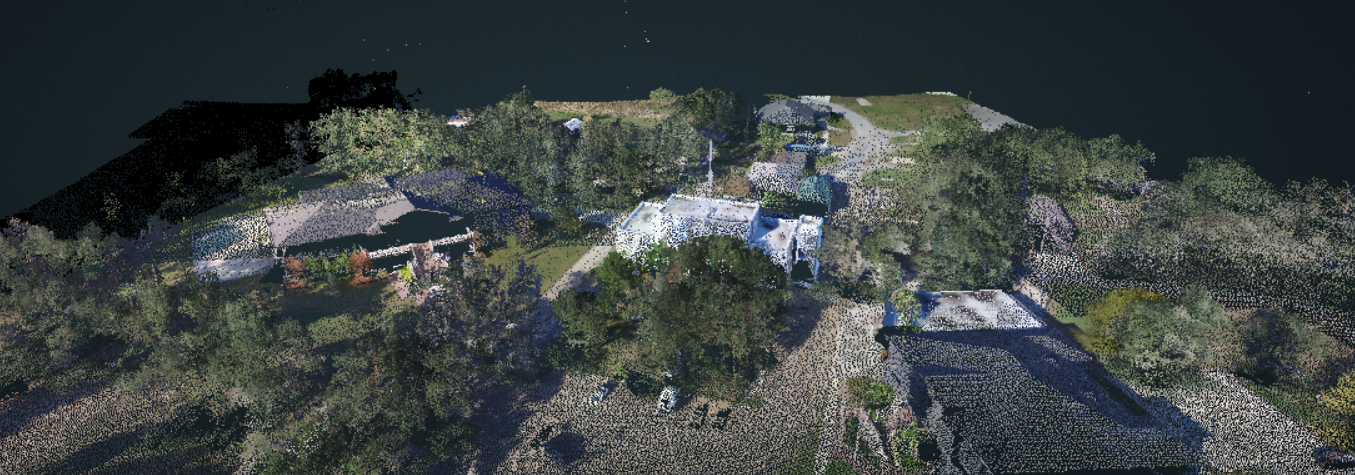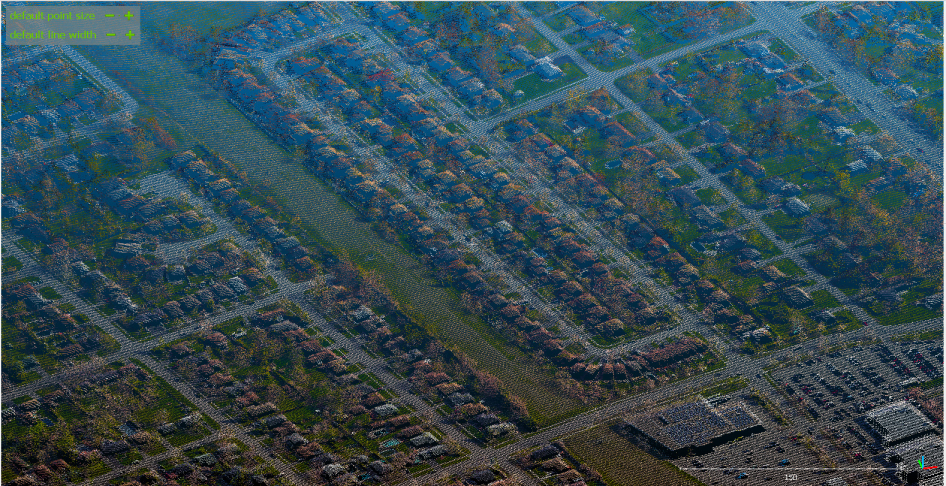CASE STUDY
LiDARUSA Integrates Lidar and Imagery With SimActive Software
Lidar has no doubt been a game changing technology in the world of surveying and mapping. But its predecessor, photogrammetry, continues strong due to its inherent quality of being easily interpreted as imagery. After all, points are points and pixels are pixels, how the mind interprets them can be very different. Merging the two technologies can speed up the creation of deliverables and enhance the useability of lidar by making it more visually interpretable. Jeff Fagerman, President of LiDARUSA, is well versed in both forms of mapping and manages one of the first companies to develop integrated sensor packages for drone operators that include both a lidar and camera. Being sensor agnostic allows Jeff and his team to create the best integrated system for user’s specific needs. SimActive’s Correlator3D is one of the main tools accompanying these integrated sensors to maximize the processing efficiencies between them.
.png?width=1030&height=565&name=image%20(5).png)
INDUSTRY
Sensor integration
COUNTRY
Worldwide
USE CASE
Integrated sensor systems to improve efficiency and overall data duality
CHALLENGES
- Integrating a lidar and imaging sensor hardware
- Merging of two different types of data
- Registering imagery with lidar
- Ensuring ease of use during collection and post-processing
BENEFITS
- Simultaneous collection of lidar and imagery
- Use of lidar as control for processing images
- Production of orthomosaics
- Generation of colorized point clouds


“Our customers benefit from the integrated sensors systems we develop in more ways than one. It allows them to save time during project setup and acquisition, as well as and for the creation of deliverables. Correlator3D’s ability to work with both imagery and lidar data in a complimentary fashion makes it our go-to processing solution.”
JEFF FAGERMAN
PRESIDENT OF LIDARUSA

WORKFLOW
LiDARUSA builds systems for clients around the world that are interested in minimizing their time on-site and maximizing data collection. Once a project is captured, processing begins in the field. Trajectories are processed to refine the positioning and provide EO data for the imagery. The lidar data are refined and exported to las/laz format. The lidar data are then imported into Correlator3D and converted into a DSM and an intensity image. These are then used to extract additional GCPs for the aerial triangulation process. This ensures proper registration between the lidar and imagery. The lidar derived DSM then allows to move right to orthorectification and mosaic production. Once the mosaic is completed, the original lidar file is colorized using the mosaic. This adds an additional visual intelligence value to the lidar data, easing its interpretation.
DELIVERABLES
Typical deliverables that are produced by LiDARUSA’s integrated systems include orthomosaics and colorized point clouds.
BENEFITS
The benefits of using Correlator3D according to LiDARUSA is the ability to use the lidar as control for the imagery, especially when access may be difficult. Additionally, the ability to use imagery to colorize the lidar point cloud. Ultimately, the solution allows to make the deliverables more accessible to all stakeholders.
ABOUT LiDARUSA
LiDARUSA, also known as Fagerman Technologies, is a family-owned business just outside of Huntsville, Alabama. LiDARUSA specializes in laser scanning, photogrammetry, instrumentation and all things geomatics. Years of experience working on best-in-class products have developed their sense of quality and leadership necessary to build only the best systems. For more information, visit https://www.lidarusa.com

